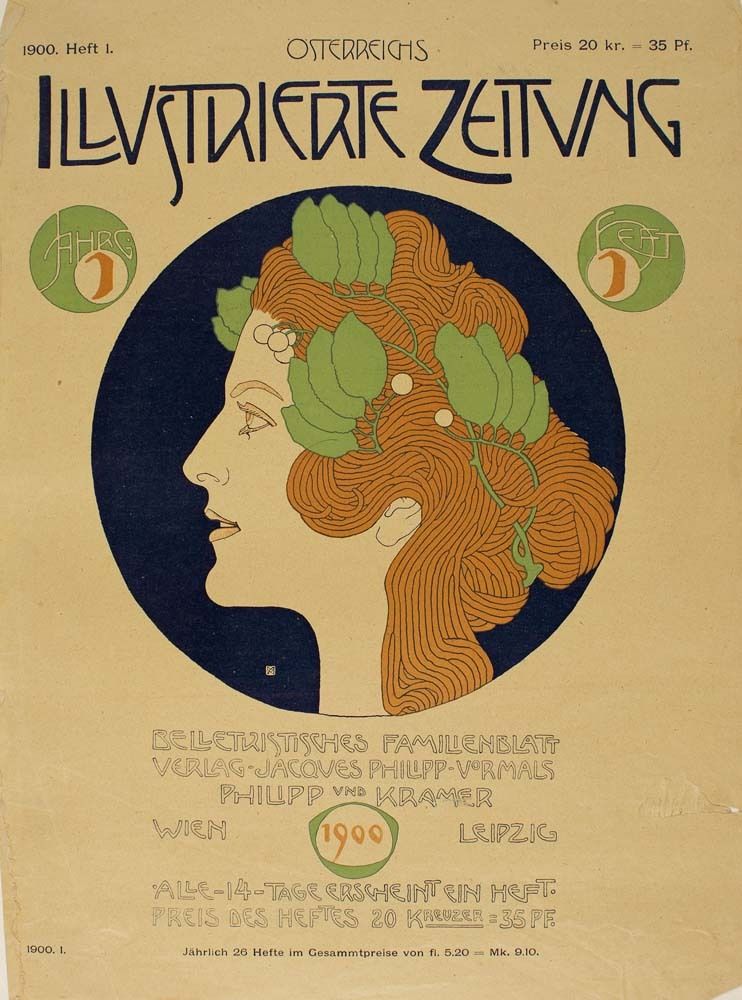
From the beginning, there was a broad aesthetic spectrum, as the artists did not follow a certain common style, and a euphoric sense of a new world of art. The publication announced the intention of using exhibitions as a field for experiments in the aesthetic fusion of art and literature, graphic art and text. Immediately after leaving the Künstlerhaus, the dissidents prepared the journalistic ground for their future exhibitions by founding the art magazine Ver Sacrum. This final break with the Künstlerhaus manifested itself in a change in the Vereinigung’s statutes as well, forbidding its members to participate in the public exhibitions of other houses.ĭespite only existing for eight years from 1897 to 1905, the new style of exhibiting fine arts and arts and crafts, and the new exhibition hall, led to the group being known as the ‘Vienna Secession’. Among their first members: the architects Josef Hoffmann and Josef Maria Olbrich, the painters Josef Engelhart, Carl Moll, Koloman Moser and Alfred Roller who had studied architecture as well as painting. But when fierce differences arose between established and young artists concerning the delegations to exhibitions in Dresden and Munich, the artists around Gustav Klimt finally declared their secession on 24 May. Since 1861 the Genossenschaft (abbreviated to ‘Künstlerhaus’) had been the official representation with its own exhibition house at the Karlsplatz in Vienna. The new association should exist as a kind of club within the ‘Genossenschaft bildender Künstler Wiens’. Gustav Klimt, 35 years old, was elected as president, 85-year-old artist Rudolf von Alt, who had always been an advocate of the young, was elected Honorary President. On 3 April the constituting assembly of the new association was held. This was the beginning of the Vienna Secession. Klimt worked until his death shortly after a stroke, in 1918.On 27 March 1897 art critic Ludwig Hevesi wrote enthusiastically: ‘The art city of Vienna, this gigantic small town, will now finally become a Big-Vienna, a true New-Vienna.’ He had heard that a group of young artists was to found the Association of Visual Artists (Vereinigung Bildender Künstler Österreichs). He also continued to produce landscapes, which he had begun at the time of the founding of the Secession and his interest in modernism. However, he withdrew it, due to impending controversy over its explicit representation.ĭuring the First World War Klimt was no longer taking public commissions, and worked on portraits for private patrons of the Vienna elite. The piece was intended for display at the retrospective of his work at the 18th Exhibition of the Secession in 1903. There are small decorative features throughout the work, including flowers in the woman's hair and specks of gold and linear designs in the background. Behind her are despairing figures and a skull suggesting death. Klimt's Hope I (1903), in the National Gallery of Canada collection, depicts a pregnant woman, standing nude in profile. Meanwhile, he was awarded a gold medal for Philosophy when it was exhibited at the Universal Exposition in Paris. Over the course of 10 years the project he met criticism and protest from the public, members of parliament and press for what were deemed to be erotic and ugly images. He was commissioned to paint three allegorical panels representing Philosophy, Medicine and Jurisprudence for the ceiling of the Great Hall of the University of Vienna in 1894. Klimt was elected president and the group secured its own exhibition space and published an illustrated magazine. The two brothers and fellow classmate Franz Matsch formed a partnership to work on public commissions in 1883, carrying out numerous decorative commissions, including paintings for the Burgtheater and Kunsthistorische Museum in Vienna.ĭuring the period when Klimt became interested in Symbolism and Art Nouveau, he and 15 others resigned from the Viennese Artist's Association and founded the Vienna Secession (1897). His younger brother Ernst joined him there in 1877.

Public commissions were the basis of his early success, but he later broke with traditional Viennese art society and formed the Vienna Secession, promoting the advancement and exposure of modern art in Austria.Īt 14 years of age in 1876, Klimt received a scholarship to the School of Applied Arts in Vienna where he studied drawing and decorative painting until 1883. Although he is best known for his paintings, however he also produced thousands of drawings. Gustav Klimt explored the themes of beauty, eroticism, life and death through his subjects, embellishing them with richly patterned surfaces. "Whoever wants to know something about me must observe my paintings carefully and try to see in them what I am."


 0 kommentar(er)
0 kommentar(er)
